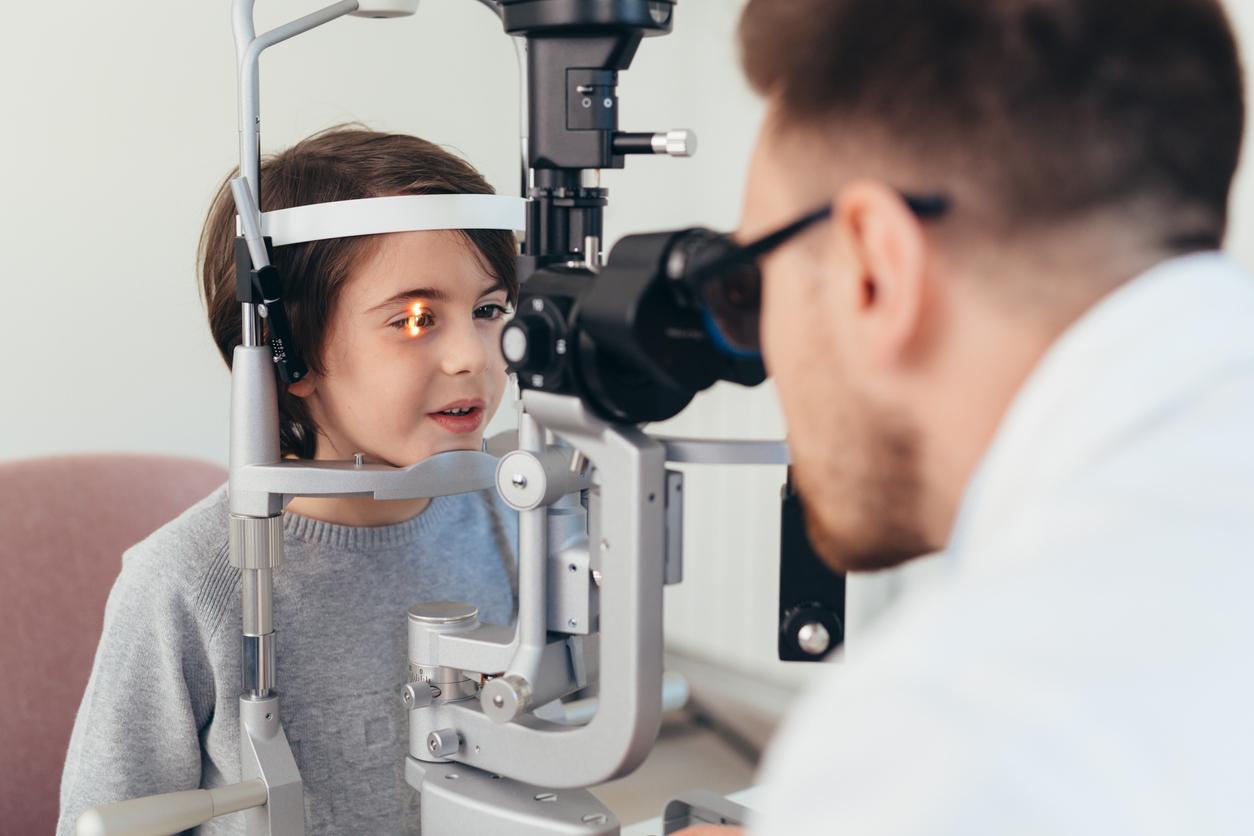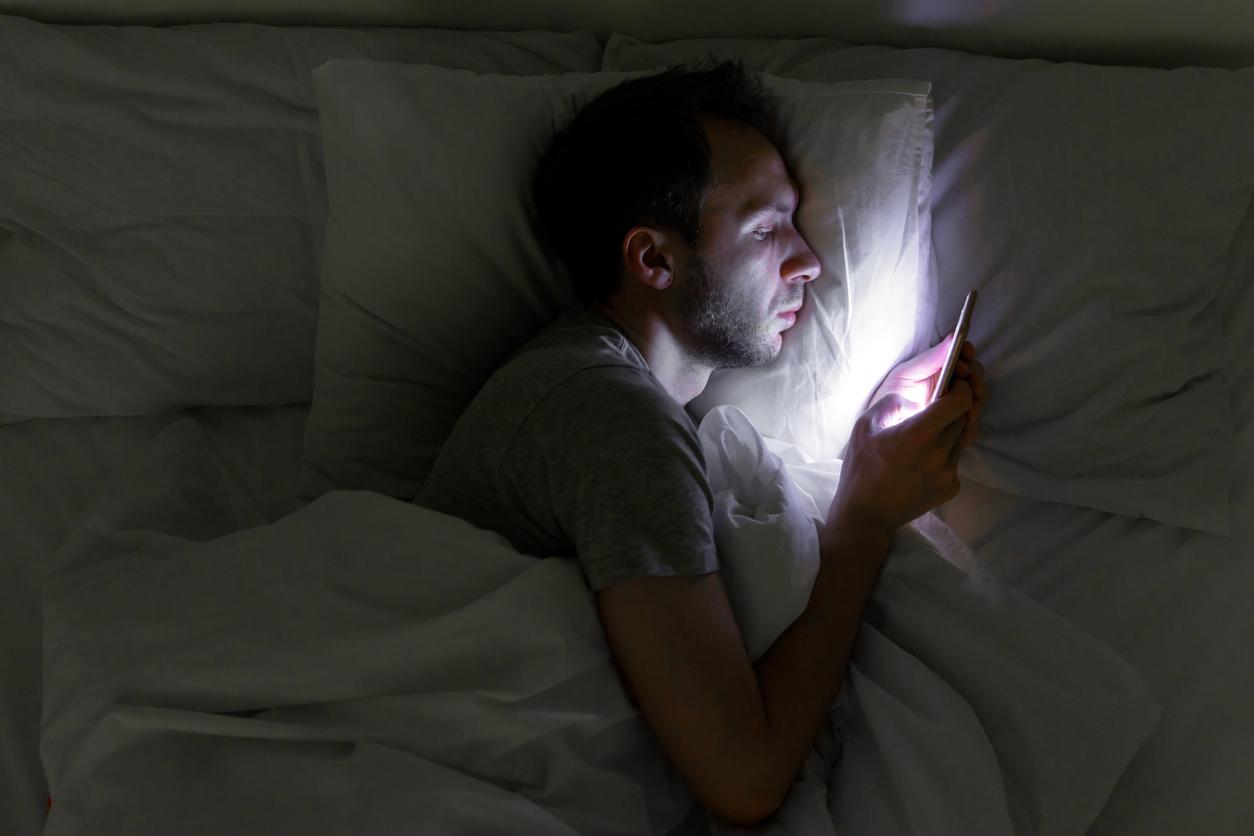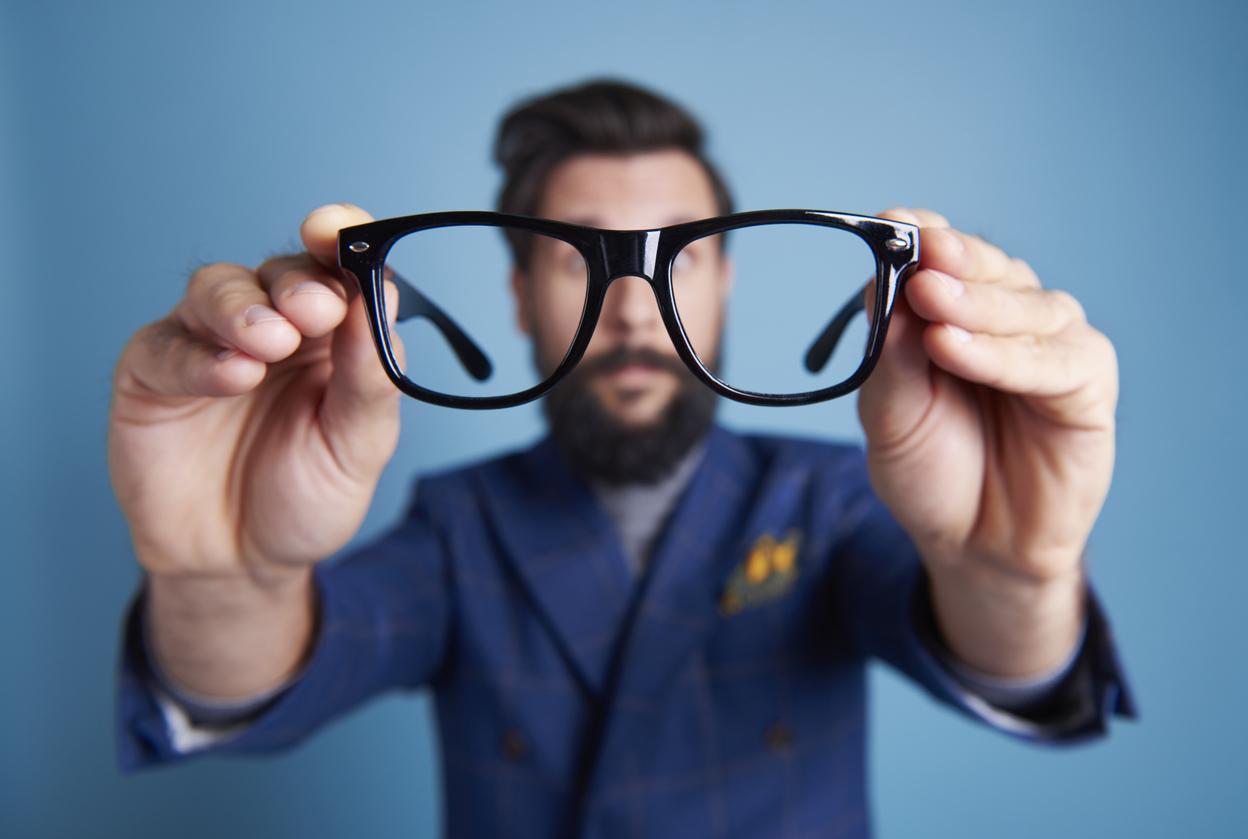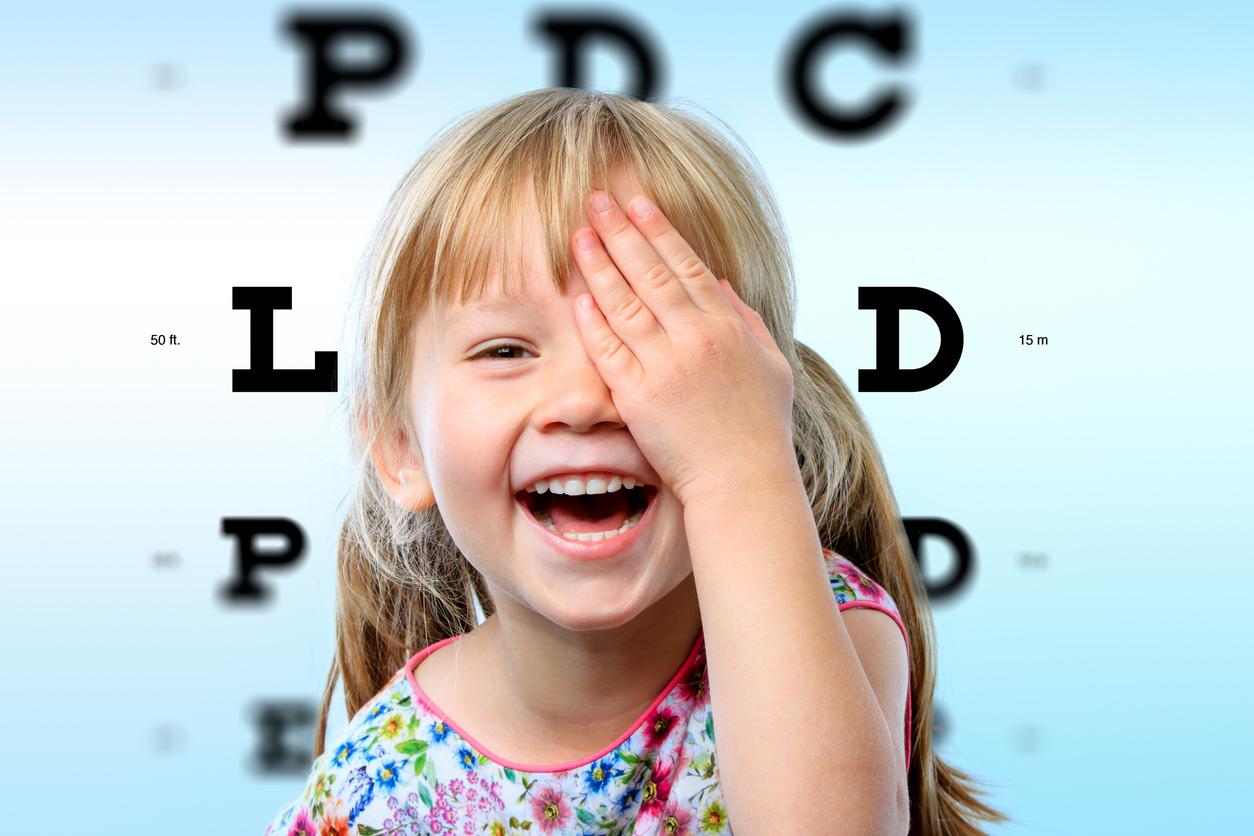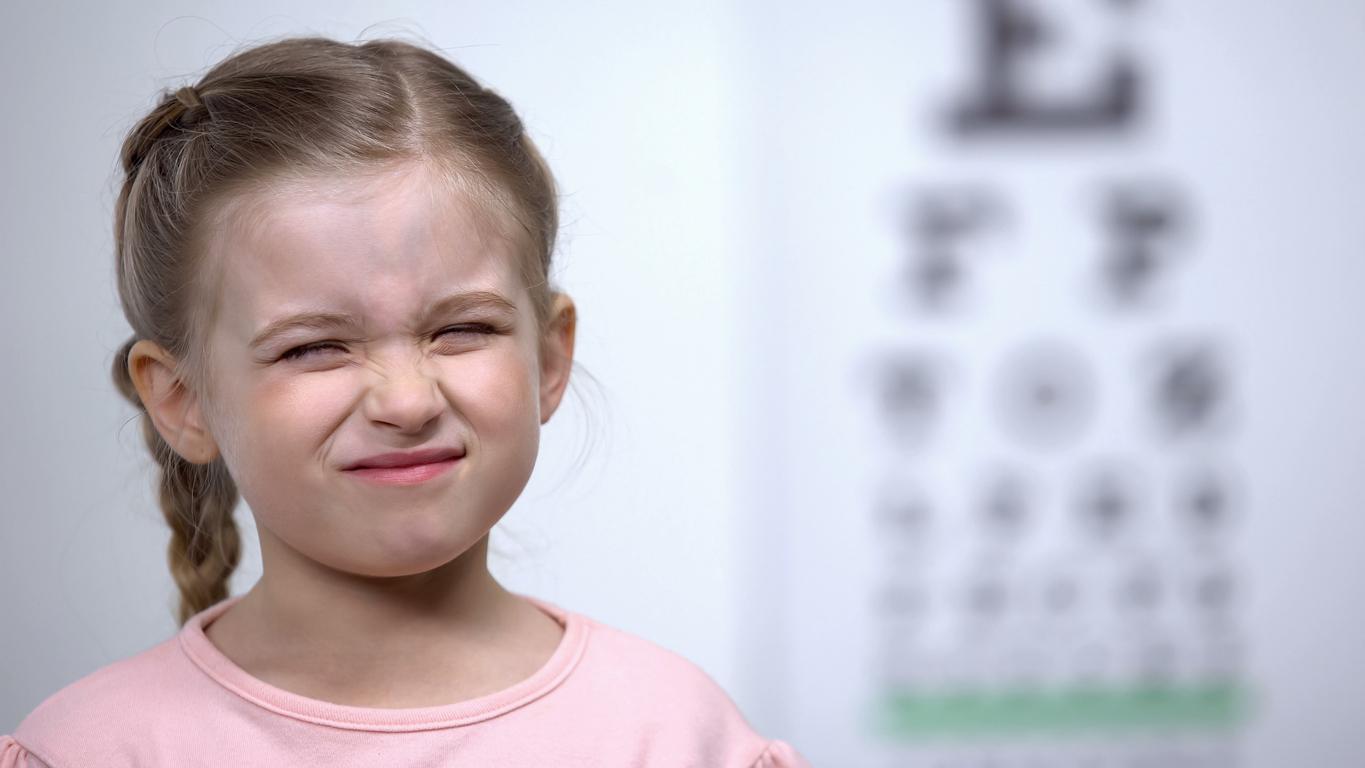Orthokeratology is a medical method for treating myopia. It consists of wearing lenses at night to correct myopia during the day. This technique is effective for small myopia.
Wearing soft contact lenses at night that re-shapes the eyes to prevent myopia and avoid glasses appears to be effective in children.
Scientists from the Hong Kong Polytechnic (China) followed 300 children and made them wear iGo Optique brand lenses which have been marketed in the United Kingdom for 3 years. In France, orthokeratology lenses are called Ortho-K and are marketed by the Precilens laboratory.
The results of the study showed that myopia decreased in children without any side effects on their retinas or vision.
“Orthokeratology lenses have the effect of slightly flattening the surface of the eye (or cornea). However, this temporary deformation makes it possible to regain a clear vision when waking up, for one or two days, ”says Professor Pauline Chom of the Hong Kong Polytechnic School.
Orthokeratology has shown an effective slowing of the progression of myopia in children. An interesting discovery because this eye disorder continues to progress in the world.
A pathology that continues to increase
Nearsighted people normally see up close but get a blurry image when looking at distant objects. This vision disorder has steadily increased since the 1970s in developed countries. For example, in developed countries in Asia, rates of myopia have increased by almost 80%. Although this pathology is often of genetic origin, researchers believe that environmental factors are also involved in the course of this disease. Recent studies of children and young adults in Denmark and Asia have shown that the longer the time spent outdoors in daylight, the lower the prevalence and severity of myopia. Myopia causes severe visual disturbances, but it is also linked to an increased risk of retinal detachment, macular degeneration, cataracts and glaucoma.
Read also:
Self-monitoring of the eyes: signs not to be taken lightly
Myopia develops with the number of years of study
Myopia: a lack of daylight would be responsible








